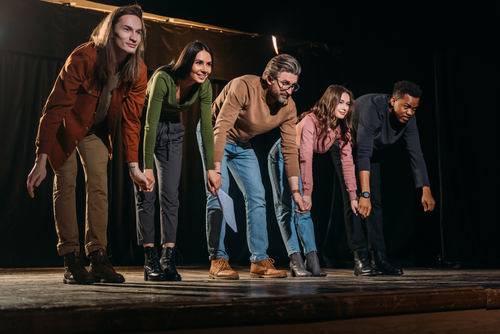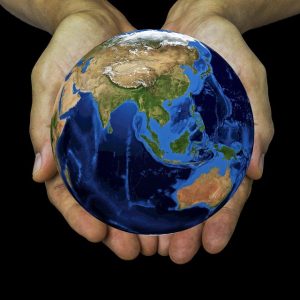

Image credit: Jeremy Walter/Shutterstock.com
Bowing was a fairly common gesture in many countries up until the relatively recent past. However, today in many cultures, it has all but disappeared. For instance, in western society, you would only expect to see a formal bow performed in very specific circumstances. This might be by an actor at the theatre, by someone standing before a monarch, or in a religious context. However, the bow is still alive and well in much of Asia. This would include Korea, India, Taiwan, Vietnam, parts of China, and particularly, Japan.
The Origin of Bowing
So, just how did the act of bowing come about? In times past, slaves, servants, and others of lowly status would lie fully prostrate on the floor in the presence of their masters. This act was the ultimate display of complete servitude. At the same time, it also totally eliminated the potential of any threat. In time, the act changed to kneeling on the floor with bowed heads towards their masters. As more time went by the idea arose that you should only kneel before God on both knees. Thus, the gesture evolved into a one-kneed kneel when performed in a non-religious context.
Even further down the line, the half-kneel bow developed into what we now recognise as the curtsey. The half-bended knee dip with a bowed head was performed by both men and women. However, sometime in the 17th century, the bowing gesture for men began to take on a different form. They began to perform the bowed head stance but also incorporated a forward inclination of the body into the movement. However, women retained the curtsey that we all know today.
Big in Japan
As mentioned, the bow is still very prevalent in eastern culture. In Japan, for instance, it’s all to do with social status and showing relevant respect. The higher the social status of a person, the deeper and longer the bow they can expect to receive. Conversely, those of low status may only be acknowledged by an informal nod. The Japanese also use the bow as a gesture of greeting, to express an apology, or as a way to give a heartfelt thank you.
Header image credit: LightField Studios/Shutterstock.com
If you’ve enjoyed reading this post, why not check out more of the articles in the series by clicking the following link: Why do we…….?





